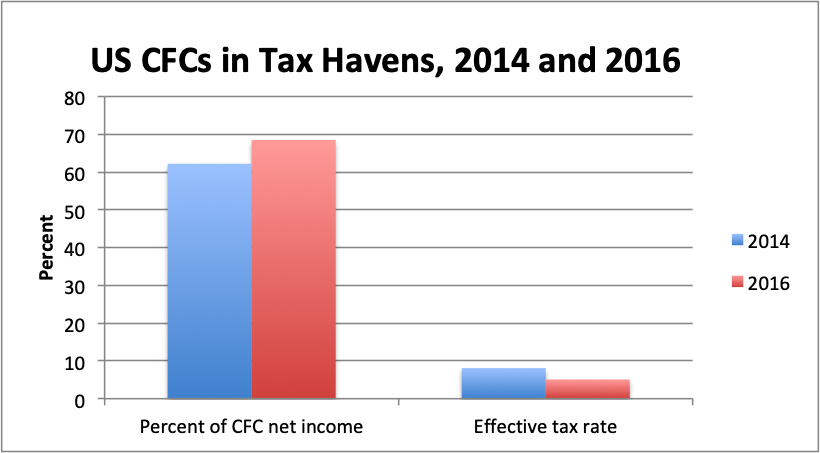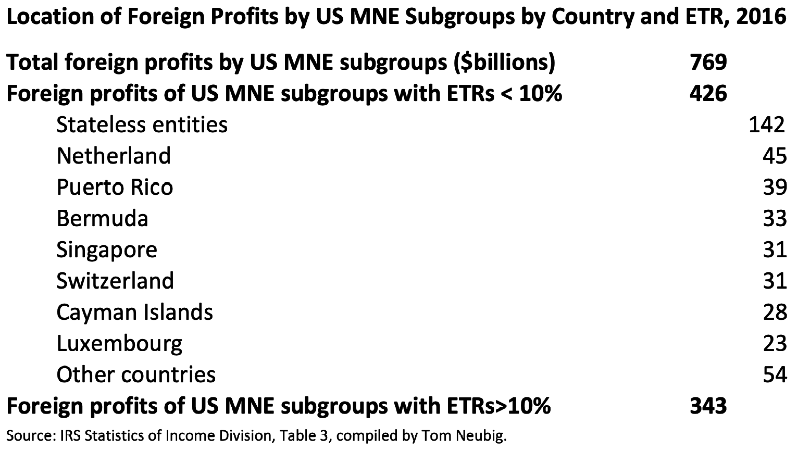Some commentators have argued that the significant percentage of business income that is not subject to corporate income taxation (roughly one-half) explains why the US corporate tax amounts to 1.0% of US GDP (lowest among all OECD countries). They argue that the U.S. is unique in having such a large non-corporate-taxed sector.
While at the OECD I helped with the OECD’s 2015 report “Taxation of Small and Medium-Sized Enterprises” that surveyed member countries on the share of total business income subject to one level of tax at the owner/investor level or two levels of tax at the corporate and investor level. As expected the U.S. was at the low end of the corporate share due to the growth in sole proprietorships, Subchapter S corporations, and various forms of partnerships. However, Germany and Austria had even lower corporate shares. Other countries had corporate shares less than 75% (Italy, New Zealand, the United Kingdom and Denmark).
The US corporate tax-to-GDP ratio (1.0% in 2018) is significantly less than these other countries with at least 25% shares of non-corporate-tax business income: Germany 2.0%, Austria 2.7%, Italy 1.9%, New Zealand 5.1%, the United Kingdom 2.5%, and Denmark 2.9%.
The U.S. corporate tax-to-GDP ratio is lower than the next lowest OECD countries: 1.1% in Latvia, 1.3% Hungary, 1.5% in Lithuania, 1.9% in Italy, 1.9% in Slovenia and 2.0% in Estonia. The U.S. is winning the race to the bottom with its Baltic small-country competitors. The Joint Committee on Taxation reports that the ratio increased to 1.1% in 2019 and 1.3% in 2020, which would match Lithuania’s ratio.
The current federal statutory tax rate of 21%, favorable rates on foreign source income, numerous corporate tax expenditures, and generous single-tax business rules result in a low level of corporate taxation. Corporate income in the form of dividends and capital gains receive favorable tax treatment at the individual investor level. Many non-corporate businesses benefit from a 20% deduction of qualified business income that was enacted in 2017.
A higher corporate statutory marginal tax rate would increase the incentive for profit-shifting out of the U.S., although such shifting would be limited by tougher US and global minimum taxes and other tax rules. The race to the bottom with respect to corporate tax rates may be over, as the UK government announced plans to increase its corporate tax rate from 19% to 25% in April 2023.
The U.S. should not rely principally on higher corporate and individual tax rates to finance needed infrastructure spending, and should examine tax expenditures and other base-broadeners, including taxing all large businesses as corporations, similar to many other countries.
Tom Neubig



























